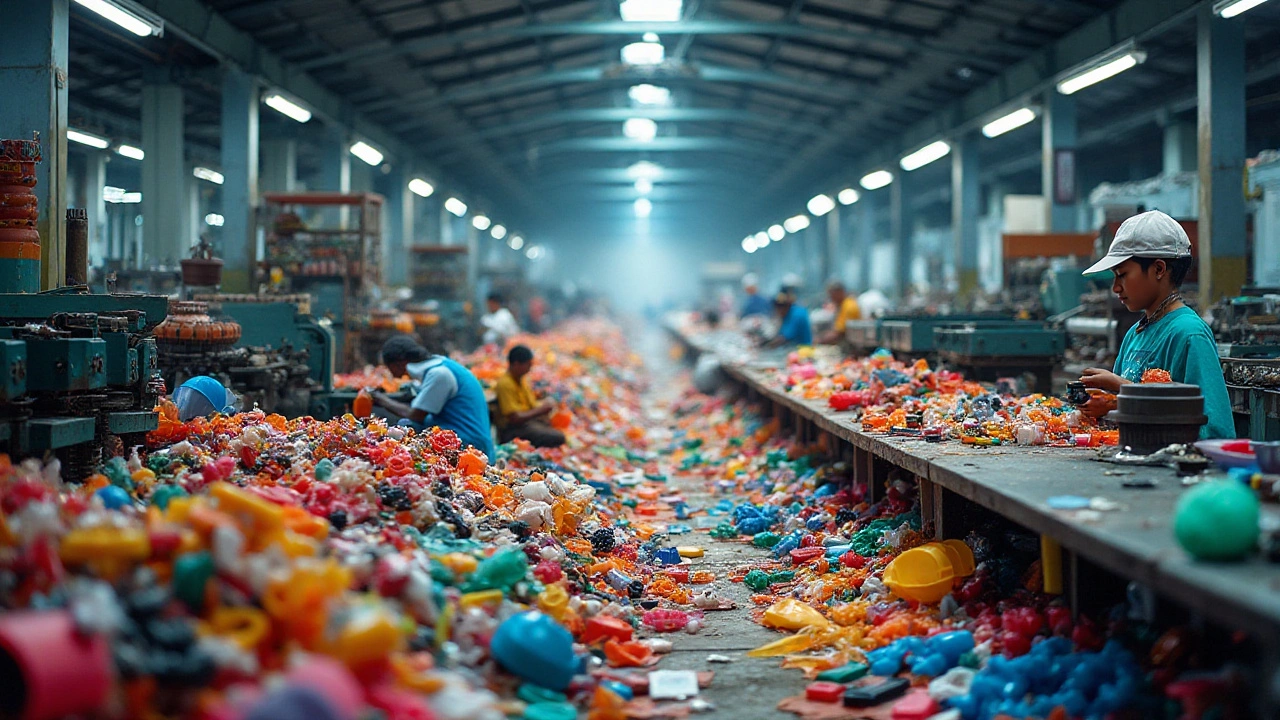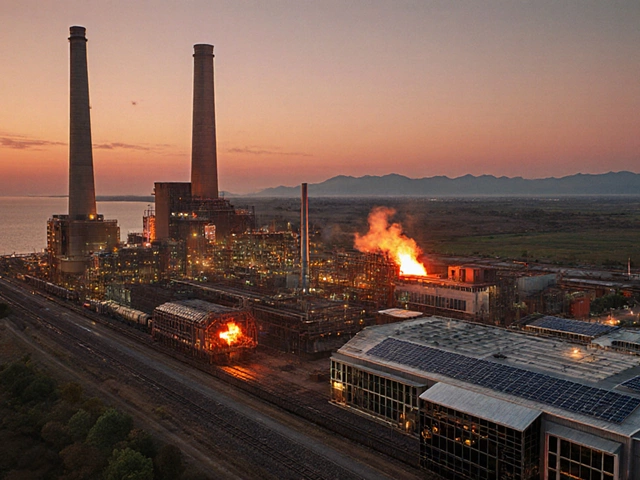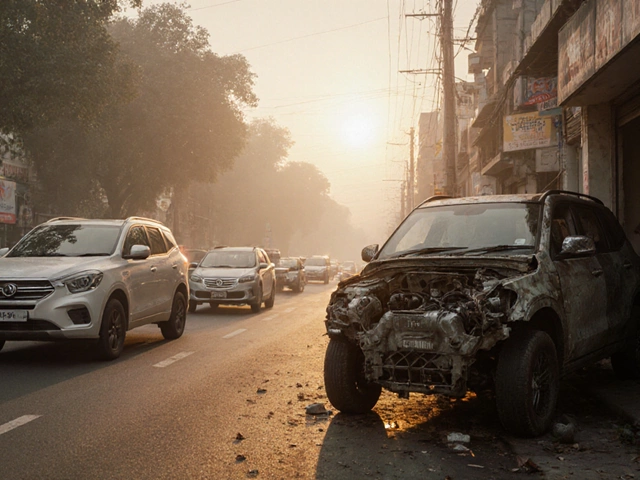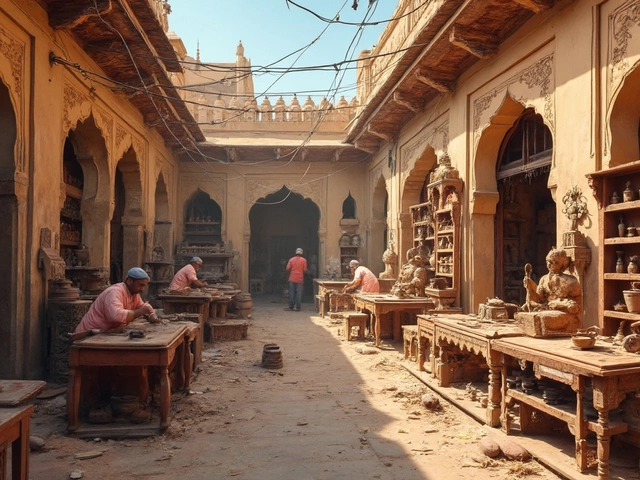Manufacturing: Current Trends, Opportunities, and Sustainable Practices
If you’re wondering what’s driving the manufacturing world today, you’re not alone. From tiny workshops making handmade soaps to giant plants churning out plastic for everyday items, the sector is a mix of old‑school craft and high‑tech hustle. In this guide we’ll break down the two biggest stories shaping the market and give you clear steps to tap into them.
Why Small‑Scale Manufacturing Is Booming
Small‑scale manufacturers have gone from niche hobbyists to serious players in just a few years. Consumers crave products that feel personal, eco‑friendly, and locally made, and small workshops can deliver that faster than big factories. Think of a friend who sells artisanal candles on Instagram – that’s the new normal. Because the entry barrier is low (you often need only a modest space, a few tools, and a clear brand story), many entrepreneurs are testing the waters.
What makes this trend profitable? First, niche markets are less saturated. When you specialize—say, in biodegradable kitchen wipes—you attract buyers who are willing to pay a premium for sustainability. Second, digital platforms let you reach customers worldwide without a massive marketing budget. A single well‑crafted product video can generate orders from across the globe.
To get started, pick a product you understand and that solves a real problem. Validate your idea with a small test batch, collect feedback, and then scale up slowly. Keep your supply chain short and transparent; customers love to know where their goods come from, especially when it’s made in India.
Plastic Production: Challenges and Innovations
Plastics remain essential—from food packaging to medical devices—but they also raise big environmental questions. Traditional plastic production relies on fossil fuels, creates greenhouse gases, and ends up as waste in landfills and oceans. That’s why the industry is racing to find cleaner alternatives.
One promising approach is bio‑based plastic made from plant sugars. Companies are converting corn starch or sugarcane into polymer that behaves like regular plastic but breaks down faster. Another hot topic is chemical recycling, where used plastics are broken back into raw monomers and reshaped into new products, cutting down on fresh resin demand.
If you’re part of a manufacturing outfit, start by auditing your plastic use. Identify which parts can be swapped for recyclable or compostable options without hurting product performance. Partner with local recycling firms to close the loop—this not only trims waste but also appeals to eco‑conscious buyers.
In short, the future of manufacturing is a balance between scaling smart, niche businesses and greening big‑scale operations. Whether you’re launching a tiny home‑grown brand or overseeing a large plant, the key is to stay adaptable, keep an eye on consumer values, and embrace technology that reduces waste.
Ready to jump in? Map out your product’s lifecycle, experiment with sustainable materials, and use online marketplaces to test demand. With the right mix of creativity and data, you can turn today’s manufacturing trends into tomorrow’s success story.
Top Small Scale Manufacturing in Demand Now
With changing global needs, certain small scale manufacturing industries have gained significant attention. From handmade cosmetics to 3D-printed crafts, these are capturing consumer interest with their unique value. This surge is not only boosting local economies but also providing opportunities for micro-entrepreneurs. Discover why these industries are in demand and how you can tap into this growth trend to create a profitable venture.
View MoreExploring Plastic Production: Key Industries Shaping Our Future
Plastics have become a cornerstone in manufacturing, permeating nearly all facets of modern life. This article dives into the industries leading in plastic production, from packaging to consumer goods. It discusses the environmental impacts of these industries and highlights innovative solutions being developed to tackle the plastic challenge. With insights into current trends, the piece provides readers with a comprehensive view of how the plastic industry is shaping our world today.
View More





